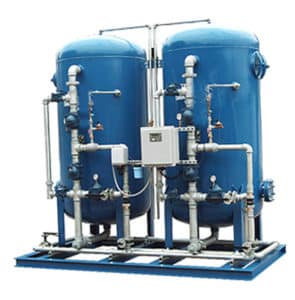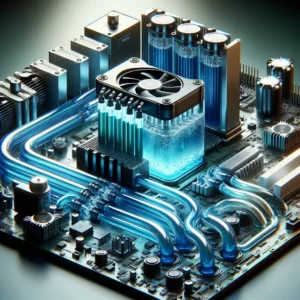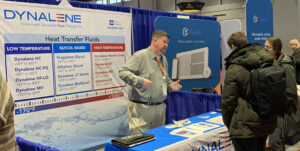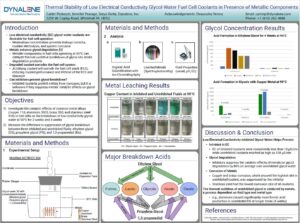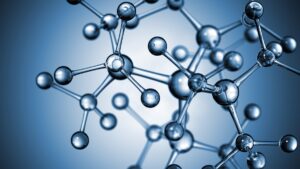Boomtown
 Deionized water or DI water is water of which the minerals or salts are removed. This water is completely free of dissolved minerals as a result of one of distillation, deionization, membrane, reverse osmosis (nanofiltration) or electrodyalisis. Deionized water is the water of choice in many factories and manufacturing settings where mineral ions, such as cations like sodium, calcium, iron, and copper, and anions such as chloride and sulfate needs to be removed. This water is commonly used in medical, food processing, chemical and semiconductor industry including, industrial cooling applications and manufacturing of cosmetics. DI water is also used in low conductivity applications.
Deionized water or DI water is water of which the minerals or salts are removed. This water is completely free of dissolved minerals as a result of one of distillation, deionization, membrane, reverse osmosis (nanofiltration) or electrodyalisis. Deionized water is the water of choice in many factories and manufacturing settings where mineral ions, such as cations like sodium, calcium, iron, and copper, and anions such as chloride and sulfate needs to be removed. This water is commonly used in medical, food processing, chemical and semiconductor industry including, industrial cooling applications and manufacturing of cosmetics. DI water is also used in low conductivity applications.
Deionized water can be produced by deionization also called as demineralization or ion exchange with the help of cation and anion resins. Ion exchange is a process that is commonly used in nuclear facilities, industrial and pharmaceutical applications to control and regulate the purity of the water that is used in various processes. The devices in which ion exchange occurs are commonly called demineralizers or the ion exchange system. The process commonly involves exchanging impurities or undesirable cations and anions present in the incoming water with H+ and OH- ions.
Contact us today at 610.262.9686 or email at info@dynalene.com and let us help you determine the appropriate deionization solution for your application.
What will chloride ions do to your system?
 Water-based heat transfer fluids (i.e. glycols) can be contaminated with aggressive chloride ions if tap/city water is used for on-site dilution. A chloride concentration of higher than 25 ppm in the fluid can cause pitting corrosion of metal components. For dilution purposes, deionized (DI) or distilled water should be used.
Water-based heat transfer fluids (i.e. glycols) can be contaminated with aggressive chloride ions if tap/city water is used for on-site dilution. A chloride concentration of higher than 25 ppm in the fluid can cause pitting corrosion of metal components. For dilution purposes, deionized (DI) or distilled water should be used.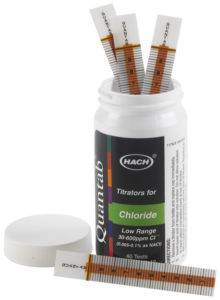
Chloride ions can be monitored in a glycol fluid by:
- Sending a sample to Dynalene
- Sending a sample to an outside lab
- On-site testing using a chloride strip such as the one shown in the picture
If your fluid is contaminated with chloride ion in excess of 25 ppm then contact the glycol experts at Dynalene for an action plan.

